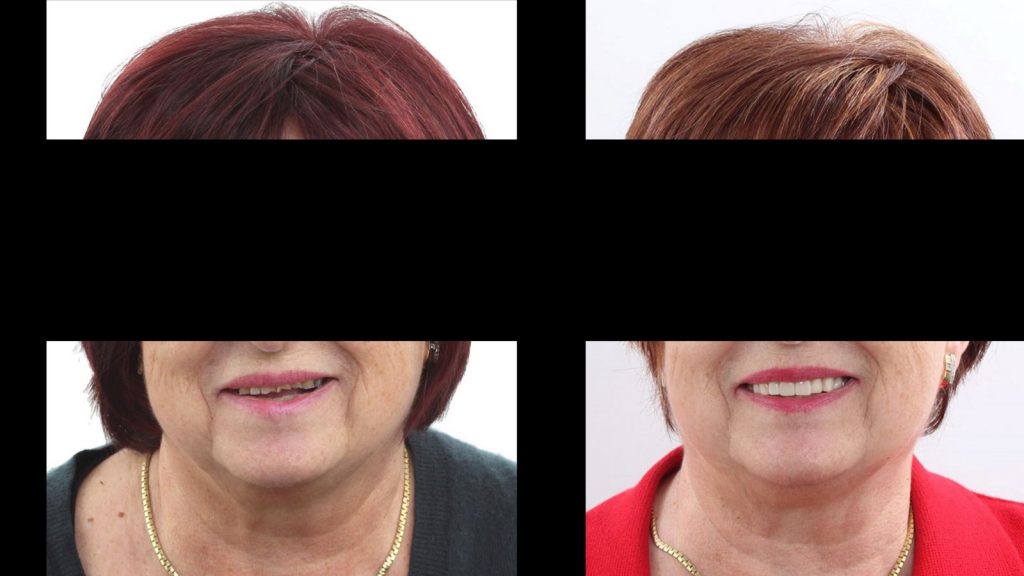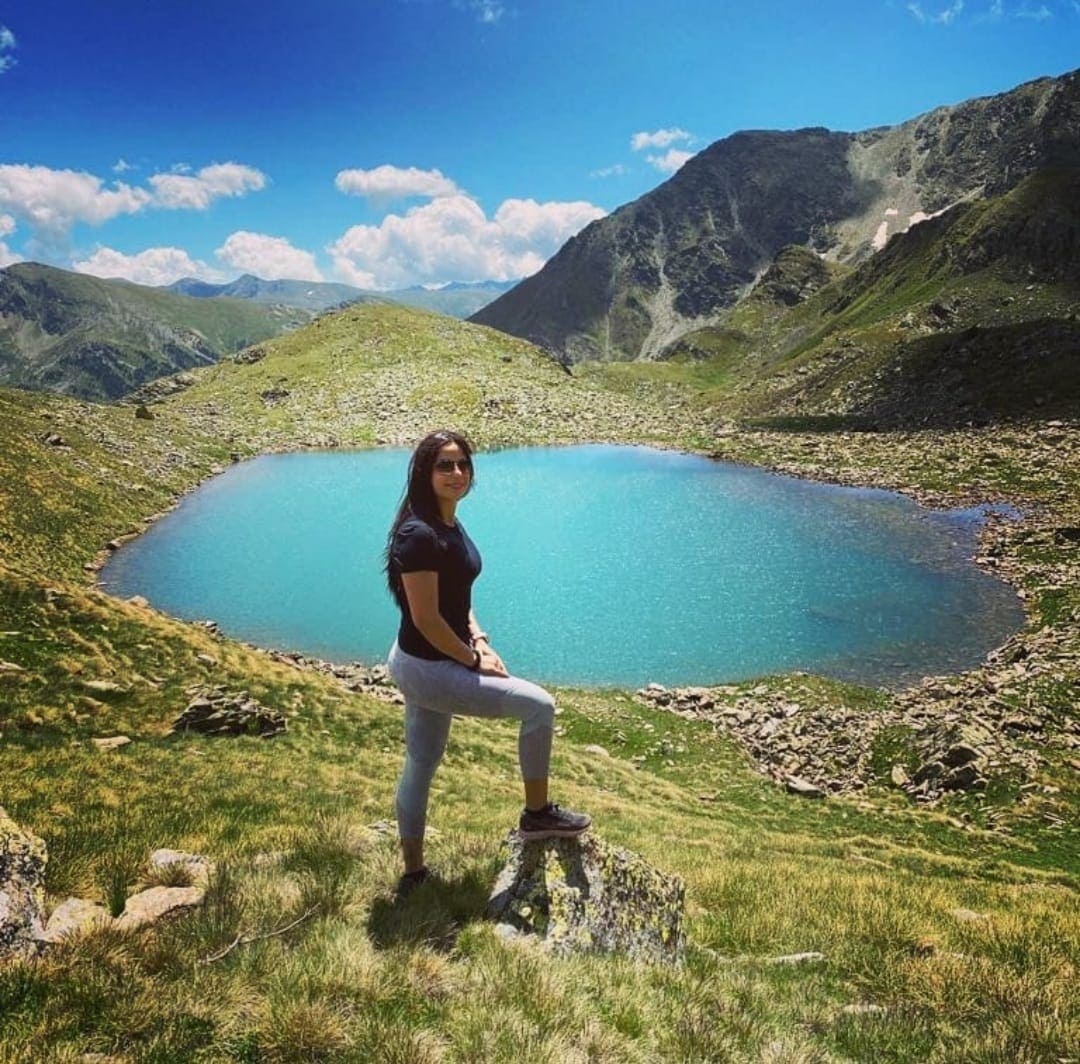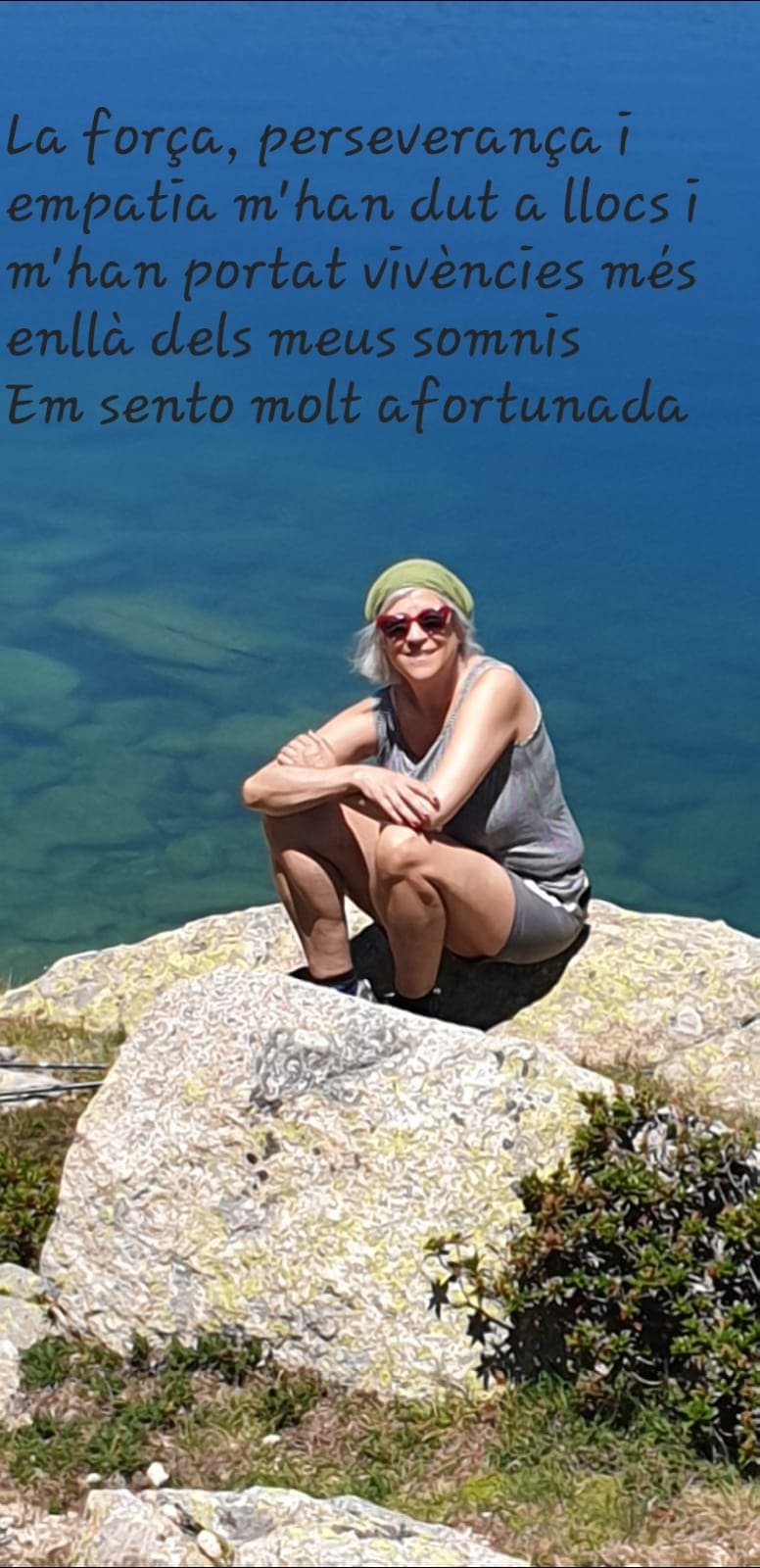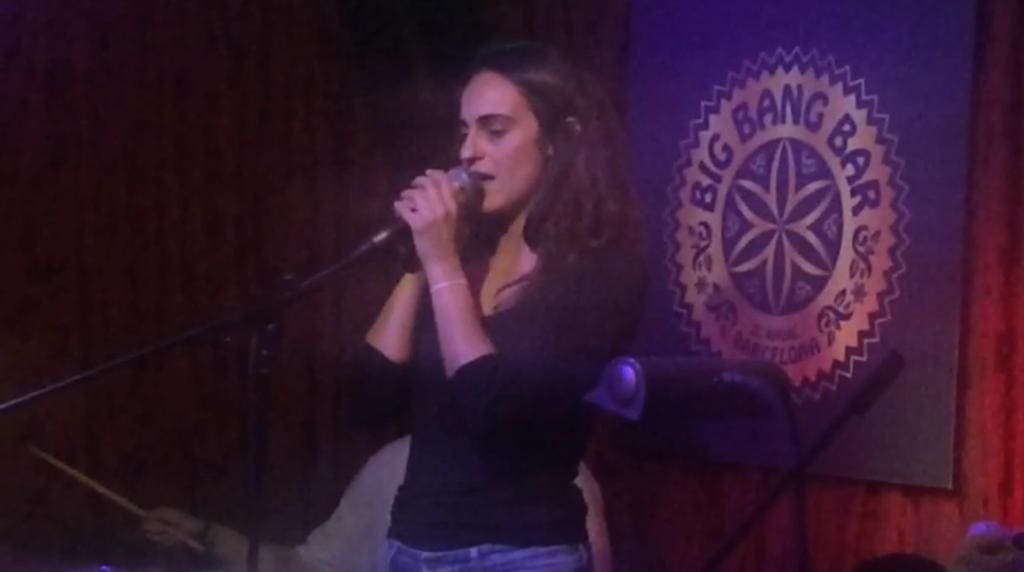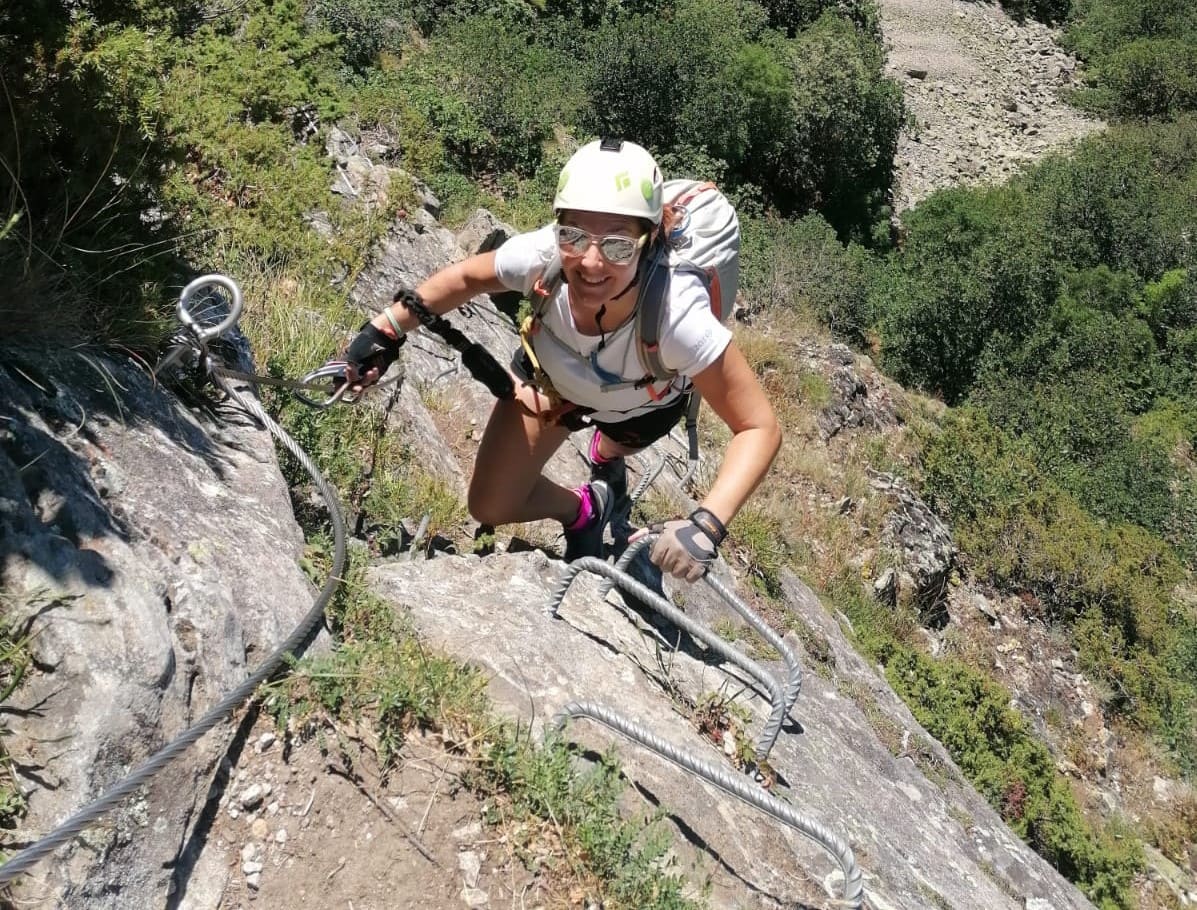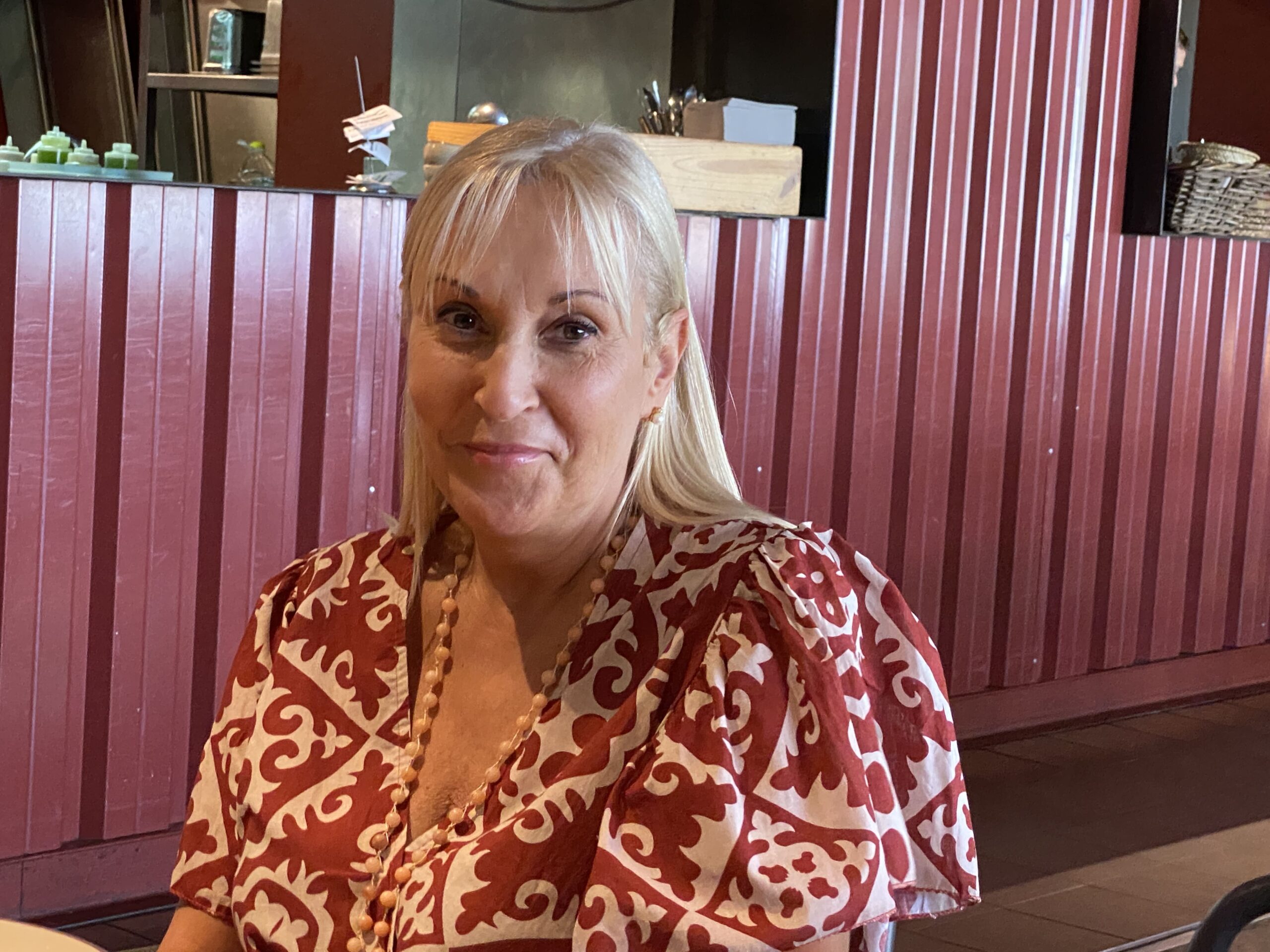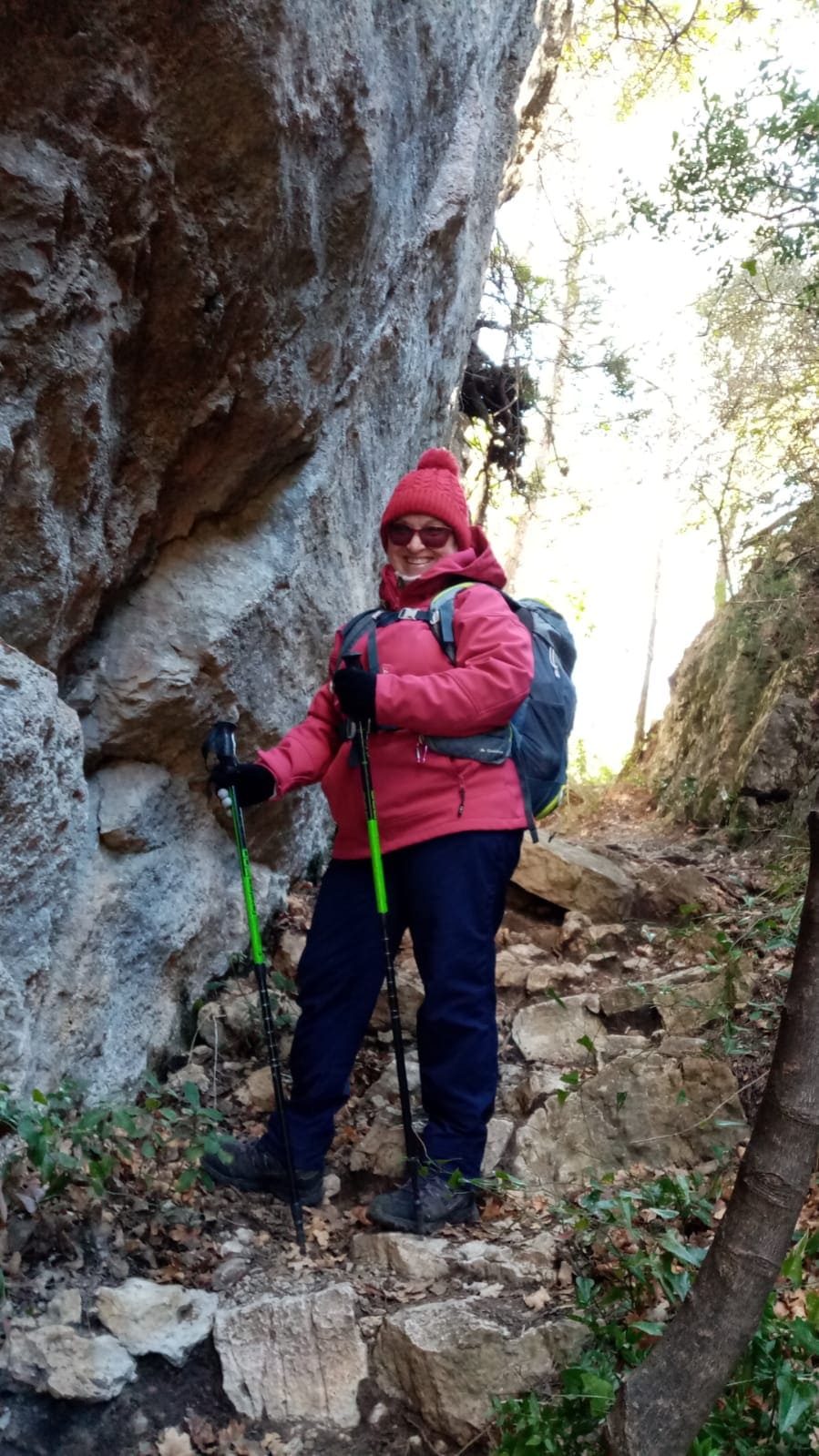Bruxism and Worn Teeth
Treatment of worn teeth
Do you have worn teeth?
Today we can easily rebuild and rejuvenate your teeth
When the teeth are intact and properly aligned, each one has its role, and the incisors, canines, bicuspids and molars help and protect each other. If something is not properly aligned and balanced, or in bruxist patients, the teeth end up wearing out.
Teeth have no ability to regenerate, so every tenth of a millimeter that wears away is lost forever. And the more they wear, the faster the deterioration progresses, since the inner layer of dentin is much less resistant than the outer enamel area.
The position of the jaw is also altered, and both the muscles and the jaw joint can be affected.
In the old days, the only way to rebuild a worn out dentition was to put complete coverage crowns on each tooth. For this, it was necessary to prepare them by grinding out part of the enamel around each of them. Today, thanks to advancements in dental materials, bonding adhesives, and restorations designed using Cad-Cam technology, that’s no longer necessary.

We can recover the worn part without touching the remaining part of the original tooth at all. These aesthetic acrylic or ceramic fragments that are added to the worn tooth are called “table tops”.
After studying the state of the teeth, muscles and articulation, and analyzing how the ideal fit of the denture should be, these small pieces are manufactured and bonded, restoring the teeth to their original shape, protecting them and improving the fit, muscle and joint function and helping to slow down the deterioration process of the teeth.
It is a super-conservative treatment and highly appreciated by patients, who see how in a few days they recover the appearance and function of their original teeth.
Ismael

before
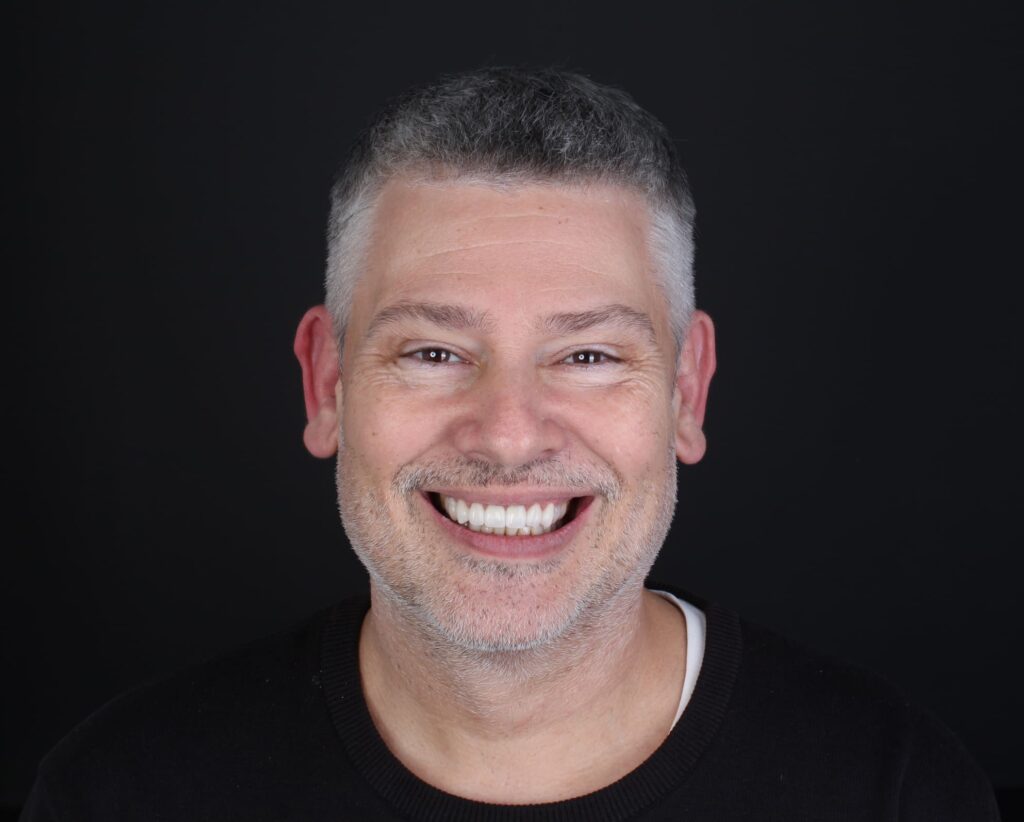
after

before
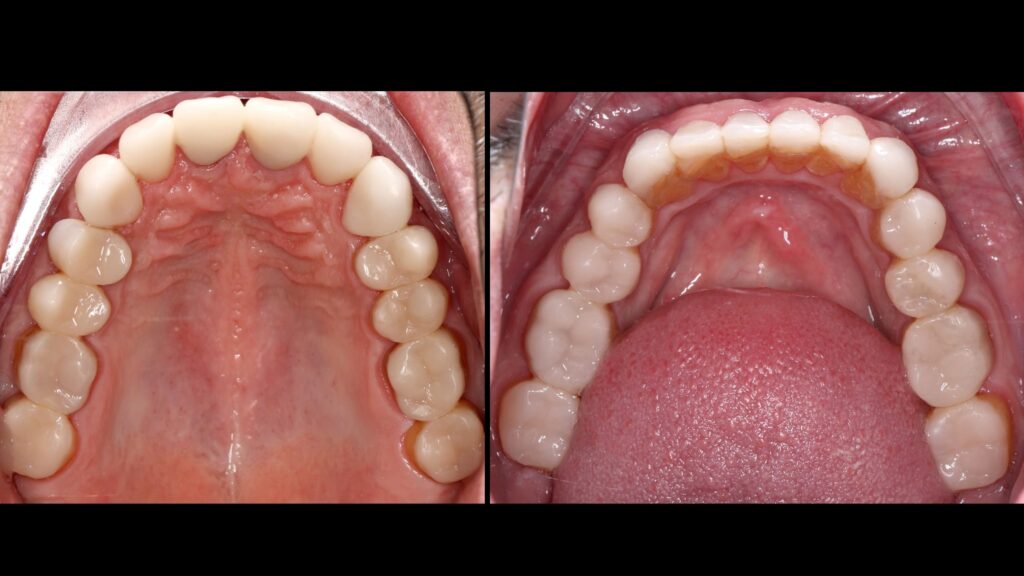
after
Other cases
Treatment of bruxism, and TMJ problems
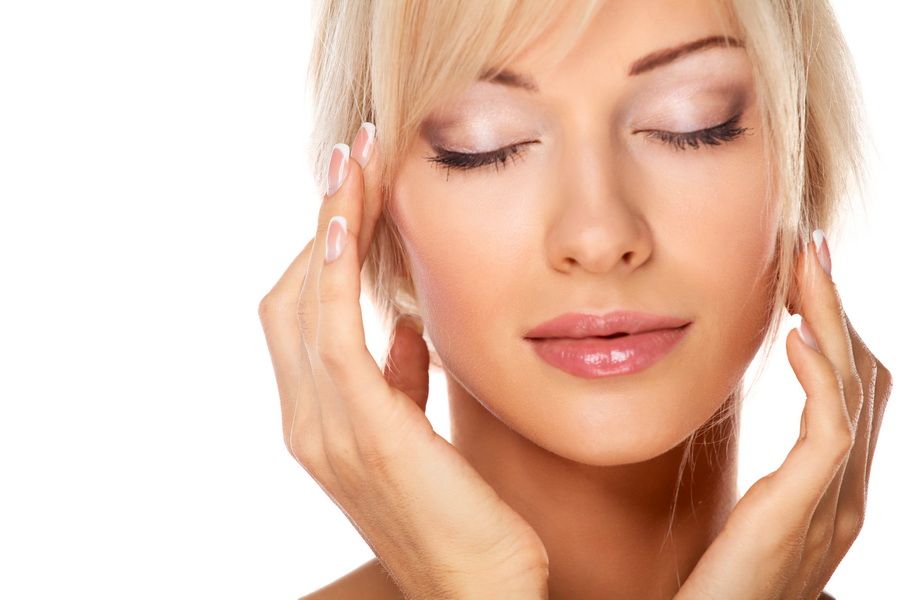
Bruxism (teeth clenching or grinding) is a very common disorder in today’s population, as it is closely related to stress and anxiety. Bruxers clench or rub their upper and lower teeth together, an involuntary habit that occurs especially at night.
At the junction between the roots of the teeth and the jaw bone, there are pressure sensors that prevent us from using too much force when we close our mouth, to avoid damaging our teeth, muscles or temporomandibular joint. However, these sensors do not protect us during periods of unconsciousness (such as when we are asleep). This is why, during the night, we can clench our teeth, and even harder than during the day.
Bruxism causes, over time, significant tooth wear, muscle discomfort, headaches and neck pain, and can damage the TMJ (jaw joint).
Bruxism is often related to an incorrect fit of the teeth. If this is the case, it should be rectified by orthodontics or by rehabilitating the worn teeth, as explained above. If this is not possible, treatment can be carried out with the use of bite splints. There are many types and each has its own indication. It should be noted that a night guard must be a device that is very well designed and adjusted in each case by an expert professional. It should not be confused with a vacuum plate, which is a thin plastic plate that covers the teeth at a very low cost and does not effectively treat bruxism. A proper vacuum plate must place the condyles in the correct position and must meet a series of very precise requirements for the fit of the teeth.
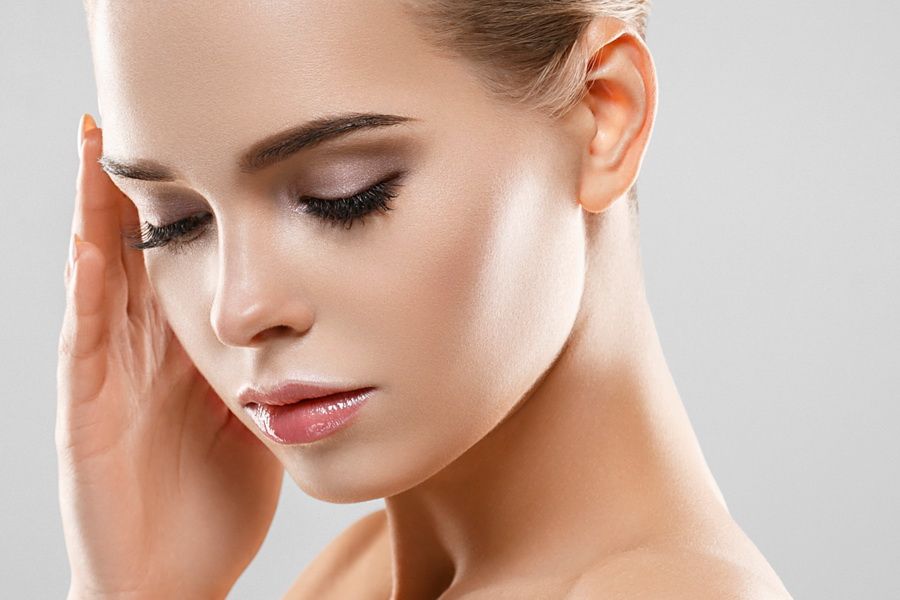
At Padrós Dental Clínic we go further. We study in depth the origin of the problem and treat it in an integral way. If we are experiencing incipient bruxism, we can prevent its evolution with the use of our comfortable rigid night guards, with soft inner surface and adjusted with adjustable 3D articulators. If the case is more advanced, the procedure may require therapy with our physiotherapist, occlusal adjustments, orthodontics, intramuscular relaxants, repositioning plates, etc.
In addition, we are pioneers in the application in our country of the system Dros-Konzept, (a procedure in several steps of muscle relaxation and treatment of bruxism and TMJ problems).
Night guards

Once we have studied the case, we have correctly diagnosed the type of existing problem and we have elaborated our treatment plan, it may be indicated to perform a night guard.
A bite splint is an acrylic device that is placed over part of the upper or lower teeth and prevents the natural teeth from wearing down.
It also aims to create an ideal fit when closing the mouth with the splint in place.
Therefore, a simple thermoplastic splint is NOT a mouth guard. There are many types of night guard devices. Depending on the condition of the jaw joints, and the type of bruxism or muscle-joint problem of the patient, the design and function of the night guard will vary.
In the mouth, the way the upper and lower teeth fit is a mechanism of the highest precision. Just the thickness of a hair between the teeth is enough to unbalance it.
For this reason, the mouth guards must be very well adjusted and must meet a series of requirements to carry out their function of protection, relaxation and muscular-articular recovery correctly.
It is important that they are comfortable and do not feel tight. When closing the mouth, each tooth must touch with the appropriate force.
When moving the jaw sideways and forward, it is essential that we accurately control which teeth is touching and in what way, and we have to avoid any interference and inappropriate contact.
A tooth that contacts when it does not have to, can cause a bruxism reaction, since the brain interprets it as something unwanted and tries to wear it down or destroy it to avoid that interference.
In addition, when closing the mouth, the jaw joint must be in the correct position according to each case.
The proper adjustment and maintenance of a night guard is not easy, and must be carried out by a professional who is highly skilled in the field.
In order to carry out the most precise adjustments in the fit of the teeth and the night guards, we have the Tekscan system, which controls the occlusion using a computarized bite sensor that can register even the most precise details.
Bruxism causes damage to the teeth, muscles, produces headaches and neck pain and can cause problems in the jaw joint.

Bruxism (grinding of teeth) also causes abfraction (wear of enamel and dentin on the neck of the teeth, near the gum).

Frequently asked questions about bruxism, clenching and grinding of teeth
Bruxism, also known as teeth grinding or teeth clenching, is the third most common sleep disorder (after snoring and sleep talking) in both adults and children. It is a problem that occurs in people of all socio-economic levels and in both sexes. Today, statistics show that one in four people suffer from bruxism. The percentage in young children is between 15% and 38% while in adults it is between 22% and 30% for nocturnal bruxism and around 15% for daytime bruxism, causing a deterioration in the health of affected patients.
Many people grind their teeth when they are under stress and anxiety. Misalignment of the teeth can also cause it. Missing teeth can also cause misalignment and thus bruxism . Babies and children clench their jaws and rub against each other when their first teeth are coming in, because their gums are hurting. Others get used to the circular movement of the jaws when they have a dummy in their mouth and, when the dummy is removed, continue with this movement. Ear pain can also cause some children to grind their teeth. Hyperactive children and adults are more likely to grind their teeth.
As you can see there are multiple possible causes and finding them can be very difficult, especially if it is related to stress and anxiety. That is why most dentists recommend the use of dental braces to protect teeth from further damage and improve dental health.
Basically, they can be divided into two different categories: signs and symptoms in the body or in your daily life. We will look in detail at each category separately. However, both can be experienced together.
Signs and symptoms on the body
Audible grinding at night
Often it will be the partner or parent who observes the signs of teeth grinding. Often the sound of teeth grinding is heard as they grind while the person is asleep. This is sometimes described as a grinding or scraping noise. It can be loud enough to wake someone from their sleep, although it is not usually the victim in the early stages of clenching.
Appearance of teeth
This sign can be diagnosed by a basic examination at the dentist. The teeth will have a flatter appearance, compared to the normal cusps, concavities and edges present in healthy teeth. Signs of teeth grinding are also noticeable in the enamel (the hard layer on the surface of the teeth) in the form of scratches, chipping or even cracks.
In severe cases, all the edges of the teeth have become flat and smooth. Of course, a tooth is made of very hard material, and it takes a long time until the marks are visible. It may be the case that in the early stages other signs such as pain, tooth sensitivity or tenderness in the jaw and its muscles may become apparent.
The day after
These are the first signs that will often alert sufferers to their waking habits. Night time bruxism can cause you to wake up with health problems such as headaches and neck pain, earache, facial pain, jaw pressure or cheek pain caused by the contraction of the jaw muscles.
Migraines
Another problem that can arise is a temporomandibular joint (TMJ) disorder. This occurs due to tension and stretching of the muscles around the jaw, causing inflammation and swelling. This will cause pain around the jaw joint, sometimes affecting the ear as well. Some chronic sufferers may experience hearing loss or tinnitus, although this only occurs in extreme cases.
Dental sensitivity
Those who suffer from teeth grinding may also suffer from tooth sensitivity. The pain is felt particularly when eating or drinking something hot or cold. If your teeth are exceptionally sensitive to heat and cold, it could be because the enamel on the surface of the teeth has been worn away due to bruxism.
Wounds on the inside of the cheeks
During subconscious bruxism there is the possibility of biting the inside of the cheeks. If we observe bite marks and scratches on the cheeks and/or tongue we have clear signs of nocturnal clenching.
Signs and symptoms in your daily life
Habits and behavioural patterns
In addition to the physical manifestations, the disease can also have an impact on your daily life. Habits and behavioural patterns such as nail biting, chewing on the inner surface of the cheek, holding objects such as a pencil in the mouth, are all ways in which the body tries to release stress and anxiety.
In most cases, these actions are subconscious. Therefore, the damage accumulates without the patient being aware of it, and that is why the diagnosis is made too late. People with these habits have turned these actions into an automatic way of mitigating stress and are unaware of the damage caused as a consequence.
Lack of sleep
Teeth grinding can lead to disturbed sleep patterns, leaving the victim tired and groggy the next morning, unaware of the cause. Although not fully aware of it, patients may wake up during the night either because they can unconsciously hear the clenching noise or because they suffer pain caused by muscle tension. Constant loss of sleep quality will lead to other health and social complications, such as depression, accidents and strained relationships.
Eating disorders and indigestion
When these dental clenching problems arise, they can also cause difficulty chewing and eating food. Pain and discomfort when eating can cause missing meals or eating less than usual. If the teeth are sensitive or worn down and cannot chew food properly, indigestion may occur.
Emotional disorders
Anxiety, depression, tension and stress have also been cited as signs of bruxism, possibly due to other symptoms such as pain, discomfort and lack of sleep.
When a number of signs of teeth grinding are experienced, this can often produce increased tension and stress. This can lead to severe anxiety disorders and depression, creating a vicious cycle of nervousness and pain.
Medical research has shown that people who are depressed are more likely to grind their teeth than other people. This is why it is so important for sufferers to find the source of their anxiety and stress.
The first line of defence, once teeth grinding is diagnosed, is a good mouth guard. Regardless of what many advertisements say, mouthguards do not cure bruxism, they only prevent teeth from rubbing against each other. However, it is all that sufferers need when they are under stress, and once the stress goes away, so does the clenching.
The most important reason for wearing a mouth guard as soon as possible is to prevent further damage to the teeth. Finding the underlying cause can take a long time.
There are many types of mouthguards on the market. They differ in the quality of the material and the comfort they provide. But the best mouthguards are those that are custom-made for each patient in a dental clinic. Ask us without obligation and improve your dental health.
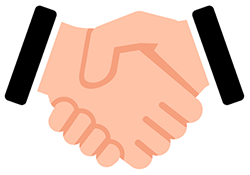
Payment facilities in up to 5 years
Did you find all the information you were looking for? Did you find it interesting? Leave us your opinion:
